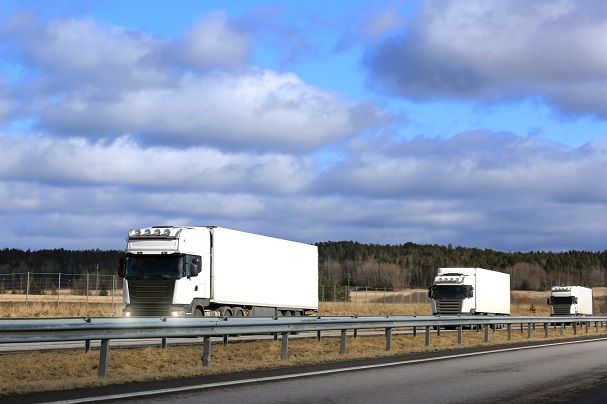Telefónica and Huawei have demonstrated the use of 5G in self-driving vehicles in a trial in Spain.
The proof-of-concept (PoC) trial used the latest 5G New Radio standard, ratified by 3GPP in December, to allow communication from a vehicle to a base station and other vehicles.
The test tested the technology’s effect on platooning, an automated road system with a convoy of vehicles controlled through a network. The telcos also explored extended sensors, advanced and remote driving, as well as other unnamed use cases.
It demonstrated 99.999 percent reliability with latency of one millisecond, as well as reducing signalling overhead requirements by 67 percent.
The 5G NR framework also allowed the trial to support advanced features such as polar coding, a form of interference correction, and an optimised hybrid automatic repeat request procedure to increase transmission reliability.
Huawei said in a statement that unspecified further enhancements would be needed for the 5G NR system to allow self-driving, as well as a new capability for direct vehicle-to-vehicle transmissions using the standard.
[Read more: Telefónica Germany to trial URLLC with Nokia along road to 5G]
Enrique Blanco, Telefónica Global CTIO, said: “This PoC between Telefónica and Huawei is another step towards 5G commercialisation and a fully connected society.
“We will strengthen our collaboration by verifying 5G key technologies. Multiple novel use cases will be developed and provided to our customers.”
Wen Tong, Huawei Wireless CTO, said: “We are pleased with our further collaboration with Telefónica in 5G technologies.
“The 5G-V2X PoC is another joint effort to pave the way for commercialisation of 5G and lay a solid foundation to realise the 5G vision of enabling cooperative autonomous driving.”
The telcos claimed the successful PoC was a milestone for the ultra-reliable low latency use case of 5G, which along with enhanced mobile broadband and massive machine communications is expected to be one of the key capabilities of the technology.
Operators are also testing the 3GPP-standardised technology C-V2X, a blend of 4G which allows a car to connect not only to the network but also directly to vehicles, pedestrians and infrastructure in its line of sight.



